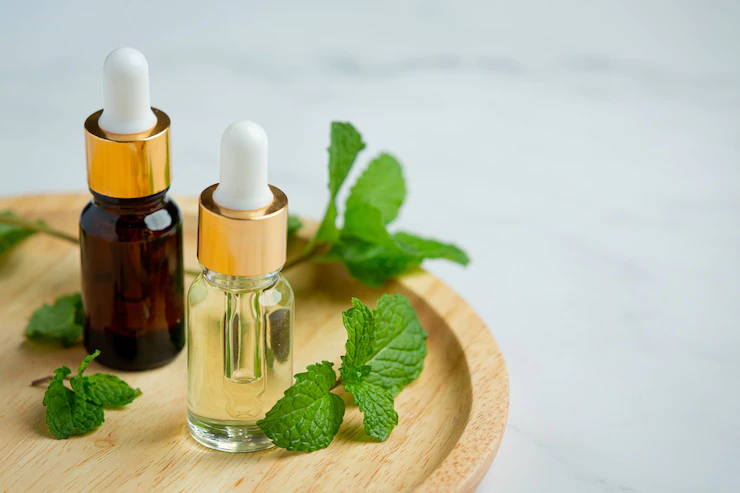Table of Contents
It’s more challenging to grow a healthy, potent, and medicinal cannabis plant than the buds at the store show. Whether the cannabis flower or strain is grown indoors or outside, it must be grown in the best possible way. Cannabis needs a specific mix of light, temperature, humidity, and soil rich in nutrients.
For healthy and strong cannabis plants to grow, they need to be cared for by growers who know what they’re doing. Growers who understand the complex anatomy of plants can coax out delicate cannabinoids and terpenes and understand the insider language used by cannabis growers and breeders.
The bract, calyx, cotyledon, pistle, stigma, and cola flower parts you might have heard of before. Those words aren’t bad for you or bad for your health. They are just a small group of terms about the anatomy of the cannabis plant. They are also just a few plant anatomy terms that most people who use cannabis don’t know. Each one of them plays an essential role in the growth and development of what ends up on legal dispensary shelves in one way or another.
Let us now add one more word to the illustrious lexicon of the cannabis plant: Larf.
What is Larf?
Larf is slang for the tiny or immature buds on the lower stems of the cannabis plant that have a feathery or fluffy appearance, whether you find it amusing or repulsive to say. They can be seen in areas where light cannot penetrate the marijuana plant. Typically, this is due to a reduction in available light caused by the emergence of colas — stems that grow weed flowers — in the plant’s canopy above them. However, other environmental factors may also play a role.
When given enough light, larfs can grow into commercially viable and potent cannabis flowers, just like the colas above them. But the lack of light makes it hard for them to grow, so they don’t get as big, mature, or desirable.
Even though larfs are entirely viable as a cannabis product due to their small size and immature nature, they have a lower market and aesthetic value. They also have fewer aromatic and medicinal compounds, such as terpenes and cannabinoids, such as THC and CBD, making them less appealing to consumers.
What Is “Delarfing”?
Many weed plant growers employ practices that reduce larf and allow plants to concentrate their energy on producing exceptional weed flowers within the canopy. Delarfing is the process! You can “delarf” a plant by pruning, training, and removing any additional vegetation that is not receiving adequate light.
Consider it comparable to being a restaurant busser. Final table cleanup will be significantly more efficient if you pre-bus or remove dishes as they become unnecessary. In the case of cannabis, the final cleanup consists of harvesting and trimming the plant and increasing productivity by preventing the formation of these tiny buds early in the plant’s flowering cycle.
Because not everyone delarfs their plants, dispensary menus may include budlets or popcorn nugs/buds (named for their round, miniature stature that is roughly the size of a popped popcorn kernel). Despite having lower cannabinoid and terpene concentrations, these little buds can be used in a variety of ways and are of great value:
Produce cannabis oil used in the preparation of cannabis-infused edibles.The larf should be rolled into blunts and joints.Load an entire popcorn bud into a bowl as a “snap,” a bowl large enough for a single individual to consume.
Using larf in joints or blunts is an excellent way to extend the life of your stash on a budget. If you don’t mind the reduced potency, you could also use a whole popcorn bud in a bowl big enough for one person.
Bottomline
Larfs should be taken into account when buying cannabis flowers. In this case, this is because they make up a small part of the flower’s weight and size.
You can use larf to supplement your stash, fatten up a lean joint, or infuse it into your favourite foods. However, it is essential to note that a lower concentration of cannabinoids and terpenes can also mean a lower concentration of the desired effects. It is not a desirable product, but it is unquestionably worthwhile.

